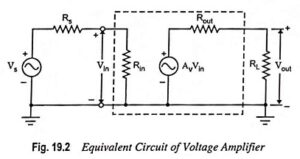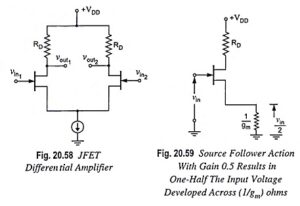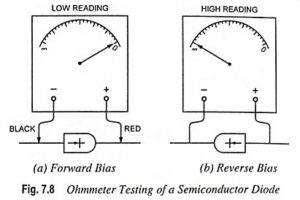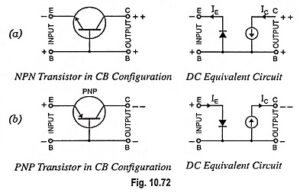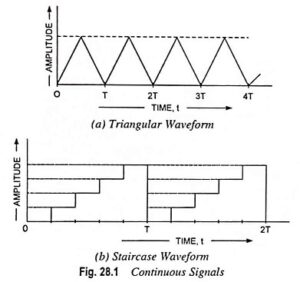Visual Display Units (VDUs):
Large arrays of characters can be built up using alphanumeric devices, already discussed, but the number of connections and the complexity of the drive-logic circuitry increase significantly, although large-scale integrated (LSI) circuits can be employed for this purpose. A versatile alternative to an array of individual devices is the CRT and this is the display employed in oscilloscopes, television receivers and visual display units (VDUs).
The CRT converts either current or voltage to displacement of an electron beam and a light spot. It is considered as an inverse transducer. When employed in an oscilloscope, it is ideal for displaying waveforms as a function of time, and waveforms as a function of one another. TV extends the ability of an observer to view inaccessible or hazardous areas and several processes simultaneously.
A visual display units (VDUs) is a display device similar to a TV set, which displays alphanumeric, graphic and pictorial data generated electronically. With the increasing use of computers for data processing, a variety of Visual Display Units has become available, using the ordinary CRT or a storage CRT; in the latter case data are stored in the CRT in the form of electronic charge. Characters are generated by a line raster technique similar to the technique employed in TV tubes.
The tube makes use of a pattern of 20 horizontal lines, and characters are formed from a 5 x 7 dot matrix caused by unblanking the electron beam sweep at the proper instants of time. The display capability of the tube is determined by the character generator because it contains the information or memory required to generate the characters. It is either self-contained or provided by the computer memory. The decoder is connected to the character generator and accepts the B-C-D inputs which are converted to unblanking the control grid signals that generate the desired characters.
Versatile storage type VDUs have a basic format comprising 39 rows of 85 characters, each of them produced in the form of 9 x 7 dot matrix. Graphic modes permit 1024 (x) by 780 (y) points on the screen to be individually energized, straight lines of chosen length to be drawn between any two points, curves and complex graphics to be drawn from point by point. Visual Display Units connected to a digital computer are employed in large instrumentation systems, replacing may be hundreds of pointer-scales and numerical indicators.
The operator selects only the information required, and in the event of fault or emergency conditions, it is pre-arranged that the computer automatically displays relevant information. With this increase in CRTs for display purpose – tubes of 0.3-0.4 m diameter can display up to million points of information – there is interest in the development of bicolour display tubes.

